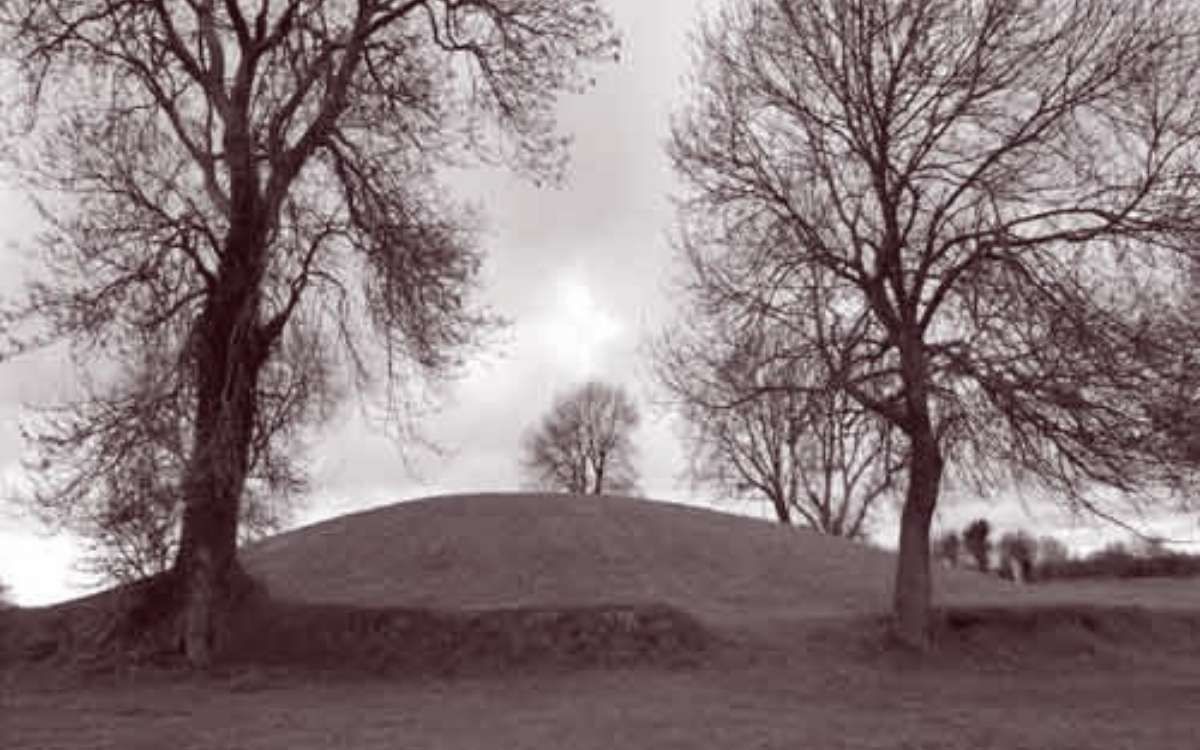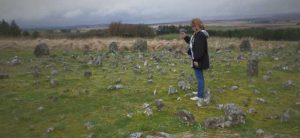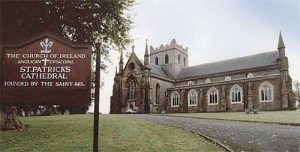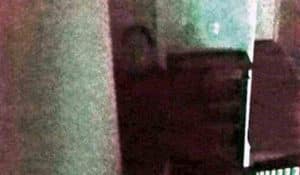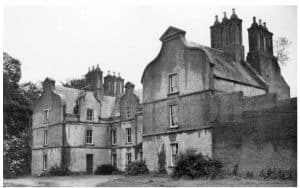ANN MASSEY tells us of the supernatural and superstitions relating to Navan Fort in County Armagh
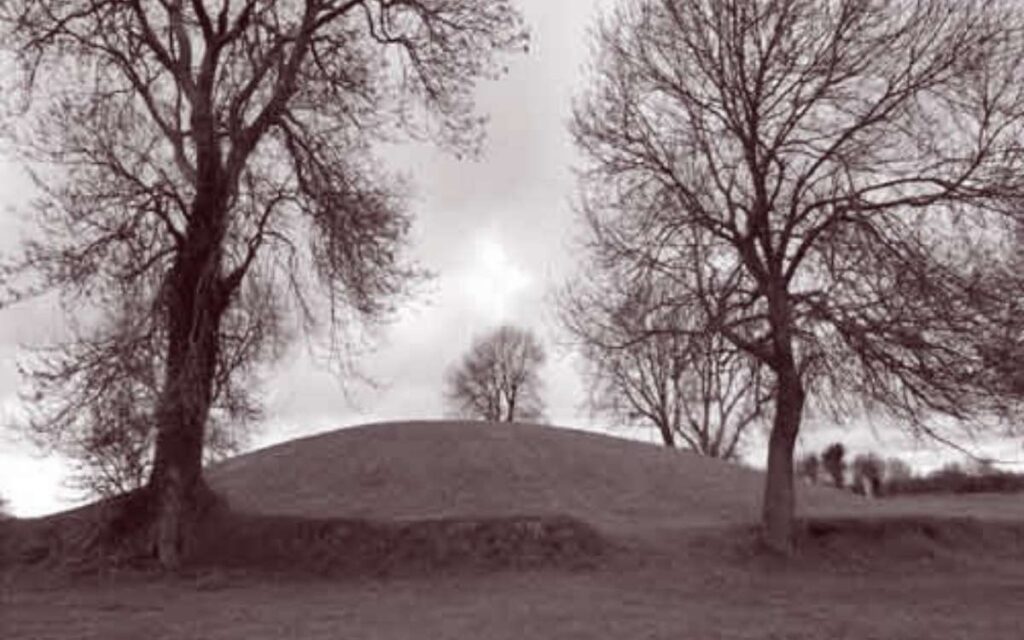
Navan Fort is without a doubt, one of the most significant ancient sites in Ireland – a place where Irish mythology and archaeology entwine. It primarily consists of a ring-ditch enclosure, shadowed by a circular mound at its centre and the remains of a ring barrow, or burial ground. From Goddess to the Iron Age and rituals to fairy folk, Navan Fort really does have it all!
The Ulster Cycle and Navan Fort
The Ulaid was an over-kingdom joining together several dynasties into one ruling body. Situated in Ireland’s north-east, The Ulaid is where the Province of Ulster derived its name. The Ulster Cycle is a volume of ancient Irish mythology, told in the form of legends and heroic epics and much of it is centred around County Armagh. Many of the tales within the medieval text relate to Navan Fort and its origins.
Some of the writings within have a parallel timeline with Jesus Christ, adding to its historic significance. Right up to the nineteenth and twentieth centuries, scholars believed there was a direct correlation between historical accuracy, known traditions and the stories of The Ulster Cycle. It is no surprise therefore, that Celtic Revivalists such as W.B Yeats and Lady Gregory turned to the ancient tales for literary inspiration.
Macha, Goddess of Fertility and War
Macha was one of the Triple Goddesses known together as The Mórrigan, the others being Mórrigan and Nemain. She represented sexuality, fertility and childbirth, as well as ironically being a war goddess who could bring death and destruction as easily as the gift of life.
Wishing to know how to live life as a human, she became the lover of a local man called Crunniuc, who was proud of his partner’s beauty, strength and agility. In time the disguised goddess became pregnant and shortly before she was due to give birth, the couple were invited to a feast at the home of the King of Ulster, Conor McNessa.
After a few drinks, Crunniuc began to brag about his pregnant woman’s athletic prowess. The King grew angry and challenged Macha to race his Arabian horses. She refused due to her condition, however Crunniuc’s life was to be forfeit if she refused. The goddess won the race; however, she went into labour and at the finish line, gave birth to twins in absolute agony, costing her own life.
Before she died, she announced that Ulstermen would be granted great might and strength, however at the very moment they were at threat of extinction by an enemy, they would be as vulnerable and weak as a woman giving birth.
Emain Macha
Emain Macha is the Irish name for Navan Fort, which means “Macha’s Twins.” The location itself was for centuries home to the Ulaid tribe chieftains and what seems to have been a large temple. The temple was constructed from wood and was circular in shape, with nothing like it located anywhere else in Ireland.
Growing steadily from an early habitat to a place of spiritual significance and burial, the ancients came from far and wide to pay homage to the regal site and it remained home to the kings and queens of Ulster long after the birth of Christ.
Knights of the Red Branch and Cú Chulainn
The same King Conor McNessa who caused the death of the Goddess Macha, had a select group of Warriors, led by his nephew Setanta. The young man, born in Newgrange was the only man of Ulster unaffected by the dying deity’s curse.
He became known as Cú Chulainn, after slaying the guard dog of Culann, blacksmith to King Conor, with his sliotar. In penance, he offered to take the hound’s place and would forever after be known as Cú Chulainn, hound of Culann.
Queen Maeve of Connaught tried many times to entice the hero warrior from his allegiance and he battled every man she sent. His foster brother was sent to challenge the Ulster hero by the vicious queen and Cú Chulainn was forced to slay his own kin, seriously injuring himself. It was this moment that broke Macha’s curse and the battle proper began. Maeve and her men stole a prized bull during the Cattle Raid of Cooley, however Cú Chulainn bested her own prized White Bull and a truce was called.
Cú Chulainn and the Knights of the Red Branch returned victorious to Emainn Macha, hailed as heroes.
Rag Trees
At various spiritual points in Ireland, you will see curious trees, covered with remnants and rags of material of every colour. Usually, they are of the powerful Hawthorn, Ash or Whitethorn, the healing trees. They look festive; however, their purpose is anything but!
Dating back to ancient pagan ways, these trees are covered in rags connected to a person of ill health. They are believed to be of the Sidhe or fairy realm and must not be touched or cut down! As the rag rots on the tree, it is believed the afflicted will begin to heal. One such tree stands within Navan Fort.
Handfasting Ceremonies
For centuries, couples have been brought together in union by way of Handfasting. The term itself means the making fast or firm of a pledge by way of a handshake, bound by a ribbon or cord tied into a knot. Yes, that’s exactly where the phrase tying the knot comes from!
The practice is becoming commonplace once again, and you can celebrate the rite of Handfasting at Navan Fort as it would have been done for centuries.
Celtic Spirituality and Ancient Festivals
Navan Fort keeps the rituals and beliefs of the past alive (not the sacrificial ones of course!) by embracing the Pagan celebrations and seasonal festivals. Imbolc takes place in the Spring, coming from the old Irish Imbolg, meaning belly – a nod to the Goddess Brigid, fertility and birth. The rites are symbolic of bidding farewell to winter, protection against evil and the promotion of good health and well-being.
Samhain celebrations held by King Conor at Emain Macha lasted for several days and were written into the Book of Leinster which sits in Trinity College Library in Dublin. This feast of course became Halloween! The Book of Leinster states that was obligatory to attend the Samhain festival at the House of King Conor and “everyone of the Ulstermen who would not come to Emainn in All Hallow-eve lost his senses, and on the morrow his barrow and his grave and his tombstone were placed.”
At the festival of Lughnasadh, harvest time, the ancient Druids would create a wicker effigy to burn in offering to the Gods. It is believed that many times, a living man would be placed within the effigy and burned alive as a human sacrifice. At Navan Fort they replicate the ceremonial burning (minus the human sacrifice of course!) at Lughnasadh to celebrate the start of the harvest season.

